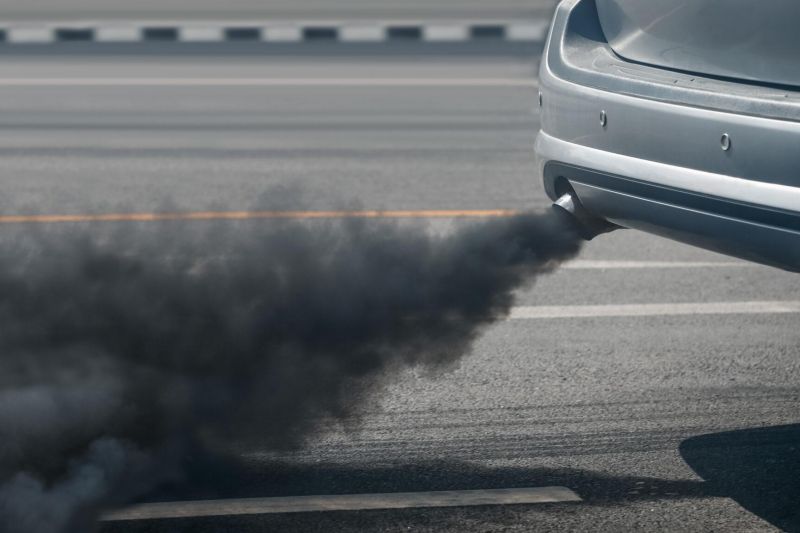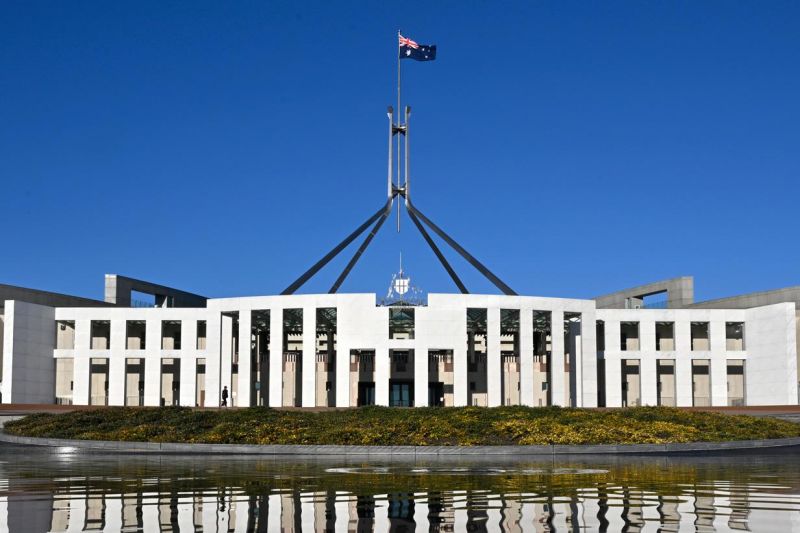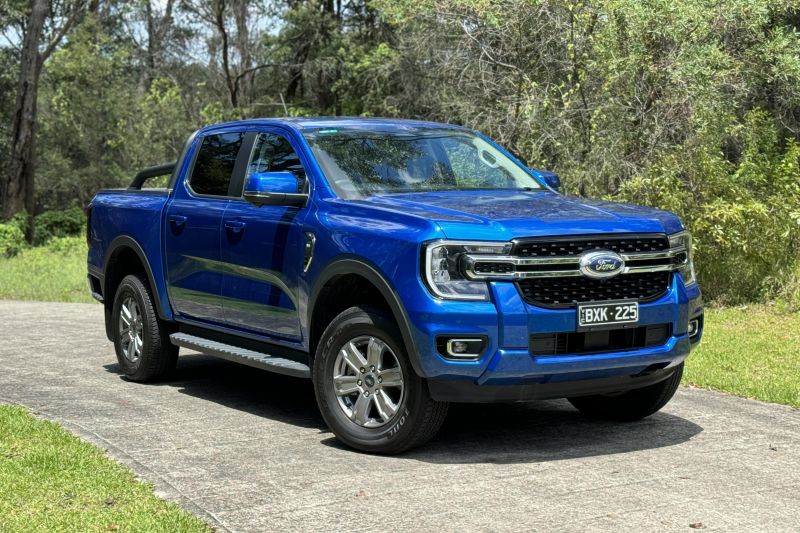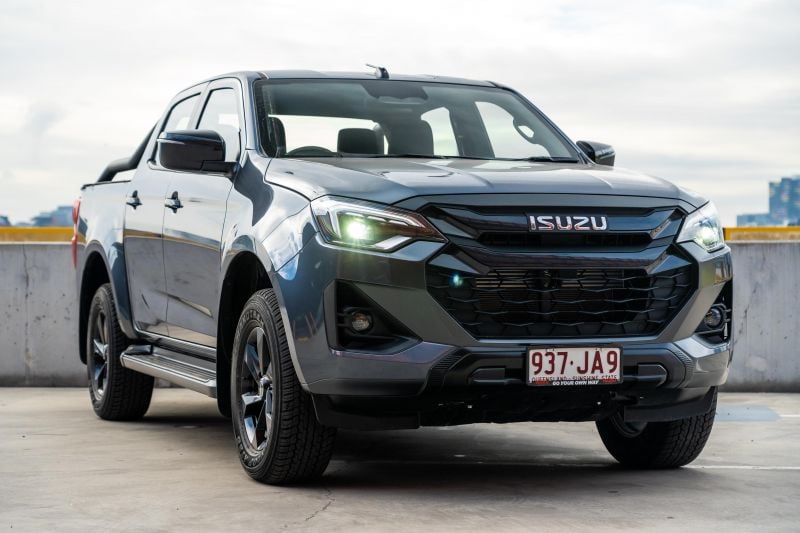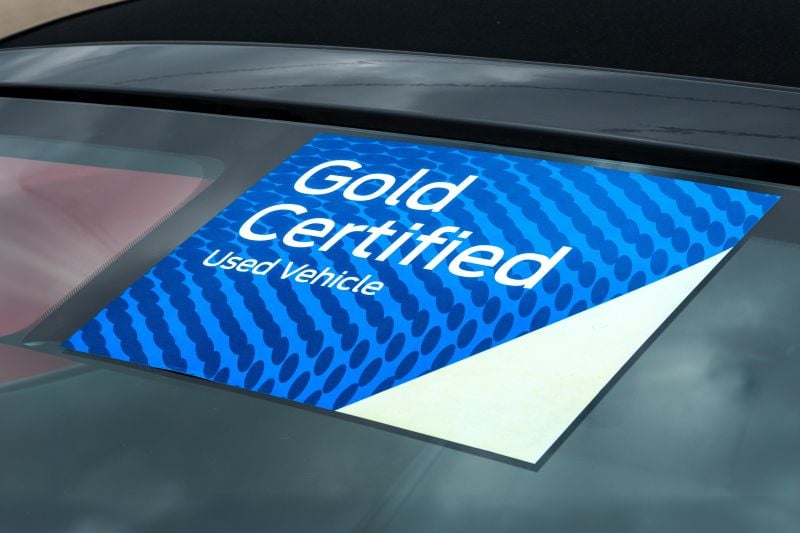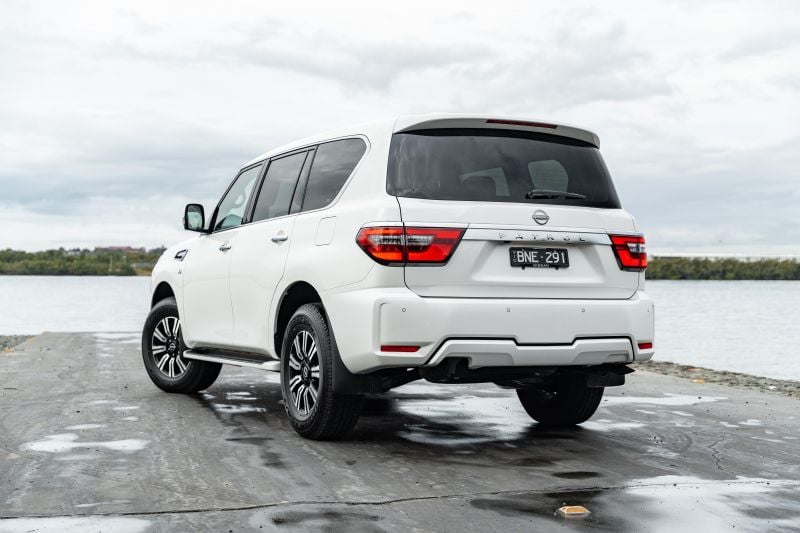The ink has officially dried on the Australian Government’s new Vehicle Efficiency Standard (NVES) released at the start of this year, bringing with it a raft of tough new laws designed to reduce the carbon footprint of the local car market.
At its core, NVES is an environmental policy aimed at car manufacturers, but the regulation is also likely to have tangible impacts on new car buyers.
Depending on the type of car you buy, NVES can help with anything from savings at the gas pump to massive vehicle price inflation at the dealership.
With all the noise coming from all sides of this politically charged issue, distinguishing fact from fiction can be a challenge. So, let’s get to the heart of what Australia’s first new vehicle emissions legislation means for everyday consumers.
Hundreds of new car deals are now available through CarExpert. Get the experts on your side and score big. Browse now.
What is NVES anyway?
The Australian New Vehicle Efficiency Standard is a set of laws imposed to incentivize manufacturers to reduce CO2 emissions across their vehicle lineup.
All new passenger and light commercial vehicles sold weighing less than 4.5 tonnes are included in this scheme.
If carmakers exceed the target for average carbon emissions from the vehicles they sell each year, a fine of $100 per g/km of CO2 will be imposed for each vehicle exceeding the target.
For 2025, the CO2 figure for passenger cars (Type 1) is 141 g/km, with light commercial vehicles and heavy SUVs (Type 2) set at 210 g/km or less.
| year | Type 1 limit (g/km) | Type 2 limit (g/km) |
|---|---|---|
| 2025 | 141 | 210 |
| 2026 | 117 | 180 |
| 2027 | 92 | 150 |
| 2028 | 68 | 122 |
| 2029 | 58 | 110 |
These CO2 limits will decrease every year until 2029, when they will be much lower at 58 and 110 g/km respectively, forcing manufacturers to sell increasingly efficient vehicles.
Brands can also earn emissions ‘credits’ by exceeding their fleet-wide targets, which can then be used in a later year to help meet tougher CO2 targets, or sold to other brands to help them reach their own emissions targets. .
While the NVES legislation went into effect on January 1, 2025, sanctions will not begin to be imposed until July 1. However, the first round of fines will not be paid until 2029, as automakers have three years from receiving an annual “temporary fine.” Emission value to reduce emissions.
Will NVES kill our favorite vehicles?
No, but automakers will face some tough decisions regarding inefficient models.
The first option is to do nothing. Brands can continue to sell as many high-emission vehicles as before, but this choice will result in heavy fines.
For example, the 2025 headline emissions target for smaller Type 1 vehicles is 141g/km. In a hypothetical scenario in which a manufacturer sells 20,000 Type 1 vehicles with average emissions of 150 grams per kilometer, it would be subject to a fine of $18 million. Far from ideal.
In order to avoid taking a financial hit, brands may choose to pass on fines to consumers in the form of higher prices. For example, in the example above, each vehicle sold would incur a $900 fine. Rather than dealing a hit to its bottom line, the automaker could instead charge buyers an additional $900 per car. The problem was solved, albeit at a heavy sales cost.
The third option available to manufacturers is to offset the sale of inefficient vehicles by selling more low-emission models.
So, even some of the “dirtiest” vehicles on our roads, including diesel cars that made up three of the top five most popular models last year, are likely to survive, even if they become less profitable for their makers.
Is NVES a “ute tax”?
Federal Opposition Leader Peter Dutton has described NVES as a “family car tax”, while Nationals leader David Littleproud has warned that the cost of popular SUVs will rise by up to $18,000 over the coming years. Both statements are incorrect.
NVES is not a tax at all, as a tax is a mandatory fee created to collect revenue for the government. The financial penalties associated with the scheme are the cost of non-compliance, but the requirements for manufacturers to meet vehicle efficiency standards are not a tax, and no revenue is raised.
And there’s no guarantee that new car buyers will have to pay more for their dream machines, either. It is entirely up to manufacturers whether they pass on NVES fines to consumers or absorb them.
Finally, cars and family cars are not distinguished. NVES applies to all vehicles, and emissions targets will be adjusted up or down depending on the weight of the vehicle.
For example, Type 1 vehicles including traditional passenger cars (hatchbacks, sedans, wagons, coupes, convertibles and people movers) and SUVs, such as anything from a Toyota Yaris to a Kia Sorento, will be subject to lower emissions limits. Type 2 is heavier. Vehicles.
These include light commercial vehicles such as utes, vans and heavy off-road SUVs with a braked towing capacity of 3,000kg or more. and Ladder frame structure. Think RAM 1500, Toyota LandCruiser, Toyota Prado, Nissan Patrol and Ford Everest, but not car-based unibody vehicles like the Land Rover Defender or Volkswagen Touareg, or light tow vehicles like the GWM Tank 300 and Suzuki Jimny.
Will NVES make new cars more expensive?
While the legislation itself has no direct impact on new car prices, some manufacturers have already acknowledged that government fines are likely to be passed on to consumers.
Isuzu Ute Australia was one of the audio manufacturers calling on the Federal Government to relax NVES in March.
“Car brands that cannot afford to increase vehicle prices to cover the penalties may have no choice but to exit the Australian market, risking once again weakening competition to the detriment of Australian consumers,” the company said in a statement.
Since then, revisions have been made to the legislation, including major concessions to appease automakers.
In response to the updated scheme, Toyota Australia’s vice-president of sales, marketing and franchise operations, Sean Hanley, said significant price hikes in such a crowded market would be “risky”, after initially suggesting the NVES penalties would be passed on to consumers.
He said earlier this week CarExpert“Australia is already one of the most saturated markets in the world, so with that in mind, it’s not as easy as saying ‘let’s increase prices to offset the sanctions’.”
“The market is so competitive that you may not be able to do this. Never rule out that prices may need to go up at some point, but this would be a last resort.”
Toyota Australia’s chief sales representative also called for the NVES rollout to be delayed, and said that whatever the outcome the brand’s most popular models would need to electrify would be the potential additional cost to consumers.
“As we move forward with NVES, it will become very difficult – especially for heavy vehicles: Prado, Hilux, Land Cruiser,” Hanley said.
“We have to think about the technologies we bring to market, especially between now and 2028.
“Let me be very clear. We’re not going to give up the LandCruiser, we’re not going to give up the Prado, we’re not going to give up the HiLux. What we’re going to try to do is offset any penalties we receive with electric cars and hybrids and whatever technologies we have on the horizon. That combination is going to be really important.”
Will NVES be applied to used cars? Will I have to buy a new car?
The NVES Act has no direct implications for used cars, although the used market may experience flow-on effects from the legislation.
If manufacturers choose to incorporate NVES fines into new vehicle prices, those prices will eventually trickle down to the used market, and more consumers may be pushed toward used cars, increasing demand and thus prices.
But although the new emissions plan aims to accelerate the shift towards increasingly efficient vehicles, it does not put any pressure on people to buy a new low-emission car.
Will NVES make fuel more expensive?
no. Despite the nature of the NVES legislation, it will have no impact on the price of petrol and diesel in Australia.
Conversely, the Australian Government claims that by encouraging the shift towards cleaner, greener vehicles, NVES will reduce the fuel spending burden on new car buyers.
Is NVES here to stay? Or can the new government cancel the legislation?
There’s a federal election on the way, and recent reports suggest Prime Minister Anthony Albanese could head to the polls as soon as April. So, what would happen if the anti-NVES Liberal Party was voted into power?
The coalition cannot repeal the legislation, nor make emissions targets over the period 2025-2029 less stringent.
But it could make changes to the fines carmakers pay for exceeding the limits, or adjustments to the weight ratings that define Type 1 and 2 vehicles, and will need to decide on CO2 targets for 2030 onwards.
“It will not be a Labor-light coalition. “We will not have a softer version of what Labor is proposing,” Opposition Leader Peter Dutton reportedly told his party room in March.
More: All our coverage of new vehicle efficiency standards

